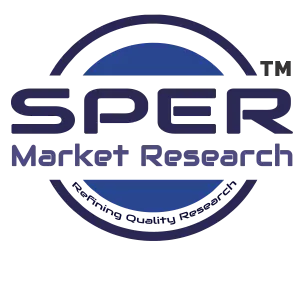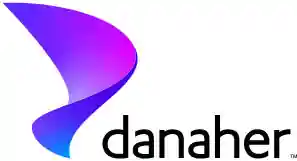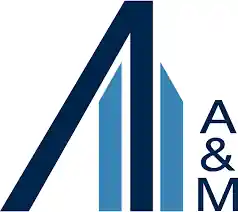
In-Vitro Toxicology Testing Market Size, Growth, Trends, Demand, Revenue and Future Outlook
In-Vitro Toxicology Testing Market Growth, Trends, Analysis, Size- By Method, By End User, By Technology, By Application- Regional Outlook, Competitive Strategies and Segment Forecast to 2033
| Published: Aug-2024 | Report ID: HLCA2470 | Pages: 1 - 243 | Formats*: |
| Category : Healthcare | |||
- September 2019; In an effort to expand its in-vitro toxicology testing business throughout Asia Pacific, Covance, based in Shanghai, opened a new R&D facility in China.
- August 2019; Abbott established a partnership with Intoximeters to market the SoToxa Mobile Test System, a portable oral fluid solution for drug and alcohol testing, in the US. Amphetamine, benzodiazepines, cocaine, methamphetamine, opiates, and cannabis (THC) can all be detected by the device.
- August 2019; Covance expanded their functional vendor (FSPx) offering to include clinical analytics services, clinical operations capabilities, and an analytical laboratory component.


| Report Metric | Details |
| Market size available for years | 2020-2033 |
| Base year considered | 2023 |
| Forecast period | 2024-2033 |
| Segments covered | By Method, By End Use, By Technology, By Application |
| Regions covered | North America, Asia-Pacific, Latin America, Middle East & Africa and Europe |
| Companies Covered | Abbott, Agilent Technologies, BioIVT, Bio-Rad Laboratories, Inc, Catalent, Inc, Charles River, Creative Bioarray, Evotec, Eurofins Scientific, GE Healthcare, Gentronix, Laboratory Corporation of America Holdings, Merck KGaA, Quest Diagnostics Incorporated, SGS SA, Thermo Fisher Scientific Inc. |
- Contract Research Organizations (CROs)
- Regulatory Agencies
- Academic and Research Institutions
- Chemical and Cosmetic Companies
- Healthcare and Medical Device Companies
- Environmental and Consumer Safety Organizations
- Insurance and Risk Management Firms
- Regulatory Consultants and Advisors
- Investors and Venture Capitalists
| By Method: | |
| By End Use: | |
| By Technology: | |
| By Application: |
- Global In-Vitro Toxicology Testing Market Size (FY’2024-FY’2033)
- Overview of Global In-Vitro Toxicology Testing Market
- Segmentation of Global In-Vitro Toxicology Testing Market by Method (Cellular Assay {Live Cells, Fixed Cells}, Biochemical Assay, in-Silico, Ex- Vivo)
- Segmentation of Global In-Vitro Toxicology Testing Market by End-Use (Pharmaceutical Industry, Cosmetics and Household Products, Academic Institutes and Research Laboratories, Diagnostics, Chemical Industry, Food industry)
- Segmentation of Global In-Vitro Toxicology Testing Market by Technology (Cell Culture Technology, High Throughput Technology, Molecular Imaging, OMICS Technology)
- Segmentation of Global In-Vitro Toxicology Testing Market by Application (Systemic Toxicology, Dermal Toxicity, Endocrine Disruptions, Ocular Toxicity, Other Applications)
- Statistical Snap of Global In-Vitro Toxicology Testing Market
- Expansion Analysis of Global In-Vitro Toxicology Testing Market
- Problems and Obstacles in Global In-Vitro Toxicology Testing Market
- Competitive Landscape in the Global In-Vitro Toxicology Testing Market
- Impact of COVID-19 and Demonetization on Global In-Vitro Toxicology Testing Market
- Details on Current Investment in Global In-Vitro Toxicology Testing Market
- Competitive Analysis of Global In-Vitro Toxicology Testing Market
- Prominent Players in the Global In-Vitro Toxicology Testing Market
- SWOT Analysis of Global In-Vitro Toxicology Testing Market
- Global In-Vitro Toxicology Testing Market Future Outlook and Projections (FY’2024-FY’2033)
- Recommendations from Analyst
1.1. Scope of the report1.2. Market segment analysis
2.1. Research data source2.1.1. Secondary Data2.1.2. Primary Data2.1.3. SPER’s internal database2.1.4. Premium insight from KOL’s2.2. Market size estimation2.2.1. Top-down and Bottom-up approach2.3. Data triangulation
4.1. Driver, Restraint, Opportunity and Challenges analysis4.1.1. Drivers4.1.2. Restraints4.1.3. Opportunities4.1.4. Challenges4.2. COVID-19 Impacts of the Global In-Vitro Toxicology Testing Market
5.1. SWOT Analysis5.1.1. Strengths5.1.2. Weaknesses5.1.3. Opportunities5.1.4. Threats5.2. PESTEL Analysis5.2.1. Political Landscape5.2.2. Economic Landscape5.2.3. Social Landscape5.2.4. Technological Landscape5.2.5. Environmental Landscape5.2.6. Legal Landscape5.3. PORTER’s Five Forces5.3.1. Bargaining power of suppliers5.3.2. Bargaining power of buyers5.3.3. Threat of Substitute5.3.4. Threat of new entrant5.3.5. Competitive rivalry5.4. Heat Map Analysis
6.1. Global In-Vitro Toxicology Testing Market Manufacturing Base Distribution, Sales Area, Product Type6.2. Mergers & Acquisitions, Partnerships, Product Launch, and Collaboration in Global In-Vitro Toxicology Testing Market
7.1. Global In-Vitro Toxicology Testing Market Size, Share and Forecast, By Method, 2020-20267.2. Global In-Vitro Toxicology Testing Market Size, Share and Forecast, By Method, 2027-20337.3. Cellular Assay7.3.1. Live Cells7.3.2. Fixed Cells7.4. Biochemical Assay7.5. In-Silico7.6. Ex-vivo
8.1. Global In-Vitro Toxicology Testing Market Size, Share and Forecast, By End Use, 2020-20268.2. Global In-Vitro Toxicology Testing Market Size, Share and Forecast, By End Use, 2027-20338.3. Pharmaceutical Industry8.4. Cosmetics & Household Products8.5. Academic Institutes and Research Laboratories8.6. Diagnostics8.7. Chemical Industry8.8. Food Industry
9.1. Global In-Vitro Toxicology Testing Market Size, Share and Forecast, By Technology, 2020-20269.2. Global In-Vitro Toxicology Testing Market Size, Share and Forecast, By Technology, 2027-20339.3. Cell Culture Technology9.4. High Throughput Technology9.5. Molecular Imaging9.6. OMICS Technology
10.1. Global In-Vitro Toxicology Testing Market Size, Share and Forecast, By Application, 2020-202610.2. Global In-Vitro Toxicology Testing Market Size, Share and Forecast, By Application 2027-203310.3. Systemic Toxicology10.4. Dermal Toxicity10.5. Endocrine Disruption10.6. Ocular Toxicity10.7. Other Applications
11.1. Global In-Vitro Toxicology Testing Market Size and Market Share
12.1. Global In-Vitro Toxicology Testing Market Size and Market Share By Region (2020-2026)12.2. Global In-Vitro Toxicology Testing Market Size and Market Share By Region (2027-2033)12.3. Asia-Pacific12.3.1. Australia12.3.2. China12.3.3. India12.3.4. Japan12.3.5. South Korea12.3.6. Rest of Asia-Pacific12.4. Europe12.4.1. France12.4.2. Germany12.4.3. Italy12.4.4. Spain12.4.5. United Kingdom12.4.6. Rest of Europe12.5. Middle East and Africa12.5.1. Kingdom of Saudi Arabia12.5.2. United Arab Emirates12.5.3. Qatar12.5.4. South Africa12.5.5. Egypt12.5.6. Morocco12.5.7. Nigeria12.5.8. Rest of Middle-East and Africa12.6. North America12.6.1. Canada12.6.2. Mexico12.6.3. United States12.7. Latin America12.7.1. Argentina12.7.2. Brazil12.7.3. Rest of Latin America
13.1. ABBOTT13.1.1. Company details13.1.2. Financial outlook13.1.3. Product summary13.1.4. Recent developments13.2. AGILENT TECHNOLOGIES13.2.1. Company details13.2.2. Financial outlook13.2.3. Product summary13.2.4. Recent developments13.3. BIO-RAD LABORATORIES, INC13.3.1. Company details13.3.2. Financial outlook13.3.3. Product summary13.3.4. Recent developments13.4. CATALENT, INC13.4.1. Company details13.4.2. Financial outlook13.4.3. Product summary13.4.4. Recent developments13.5. EUROFINS SCIENTIFIC13.5.1. Company details13.5.2. Financial outlook13.5.3. Product summary13.5.4. Recent developments13.6. GE HEALTHCARE13.6.1. Company details13.6.2. Financial outlook13.6.3. Product summary13.6.4. Recent developments13.7. MERCK KGAA13.7.1. Company details13.7.2. Financial outlook13.7.3. Product summary13.7.4. Recent developments13.8. QUEST DIAGNOSTICS INCORPORATED13.8.1. Company details13.8.2. Financial outlook13.8.3. Product summary13.8.4. Recent developments13.9. THERMO FISHER SCIENTIFIC INC13.9.1. Company details13.9.2. Financial outlook13.9.3. Product summary13.9.4. Recent developments13.10. Others
SPER Market Research’s methodology uses great emphasis on primary research to ensure that the market intelligence insights are up to date, reliable and accurate. Primary interviews are done with players involved in each phase of a supply chain to analyze the market forecasting. The secondary research method is used to help you fully understand how the future markets and the spending patterns look likes.
The report is based on in-depth qualitative and quantitative analysis of the Product Market. The quantitative analysis involves the application of various projection and sampling techniques. The qualitative analysis involves primary interviews, surveys, and vendor briefings. The data gathered as a result of these processes are validated through experts opinion. Our research methodology entails an ideal mixture of primary and secondary initiatives.
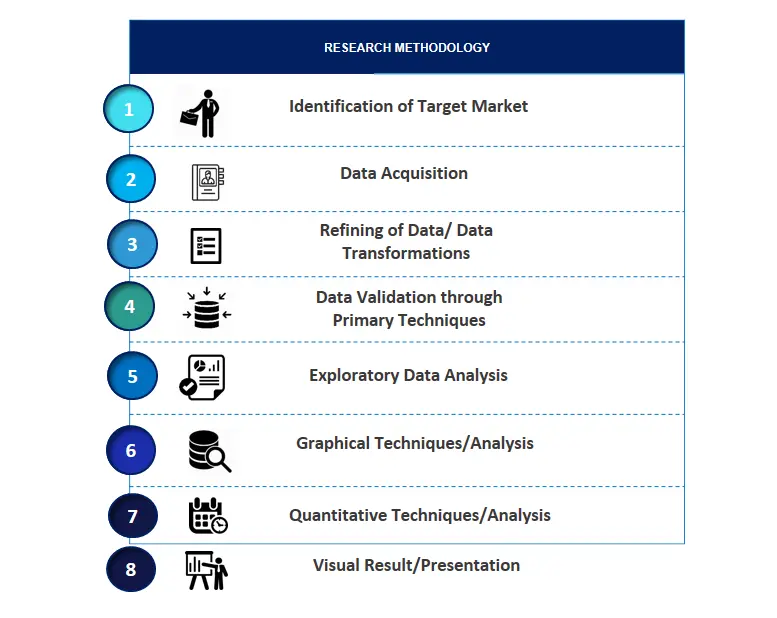
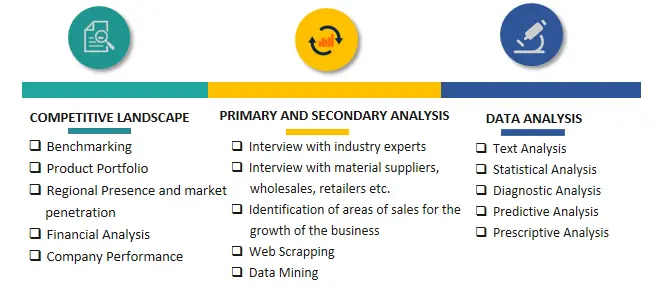

Frequently Asked Questions About This Report
PLACE AN ORDER
Year End Discount
Sample Report
Pre-Purchase Inquiry
NEED CUSTOMIZATION?
Request CustomizationCALL OR EMAIL US
100% Secure Payment
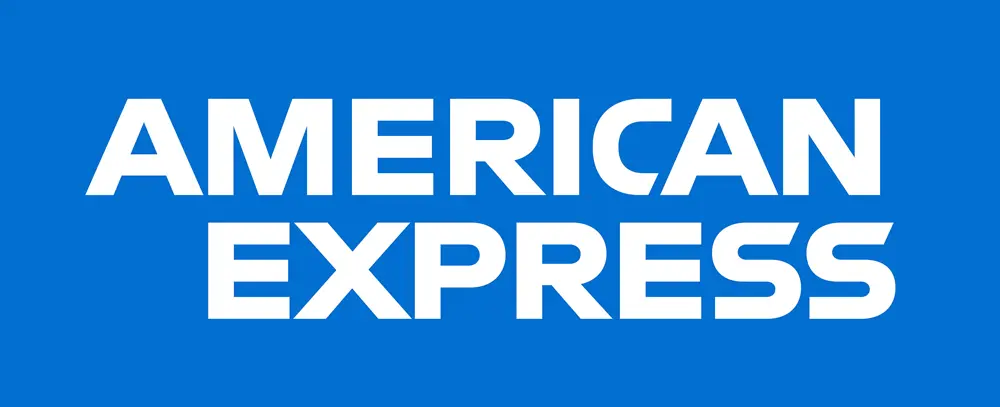
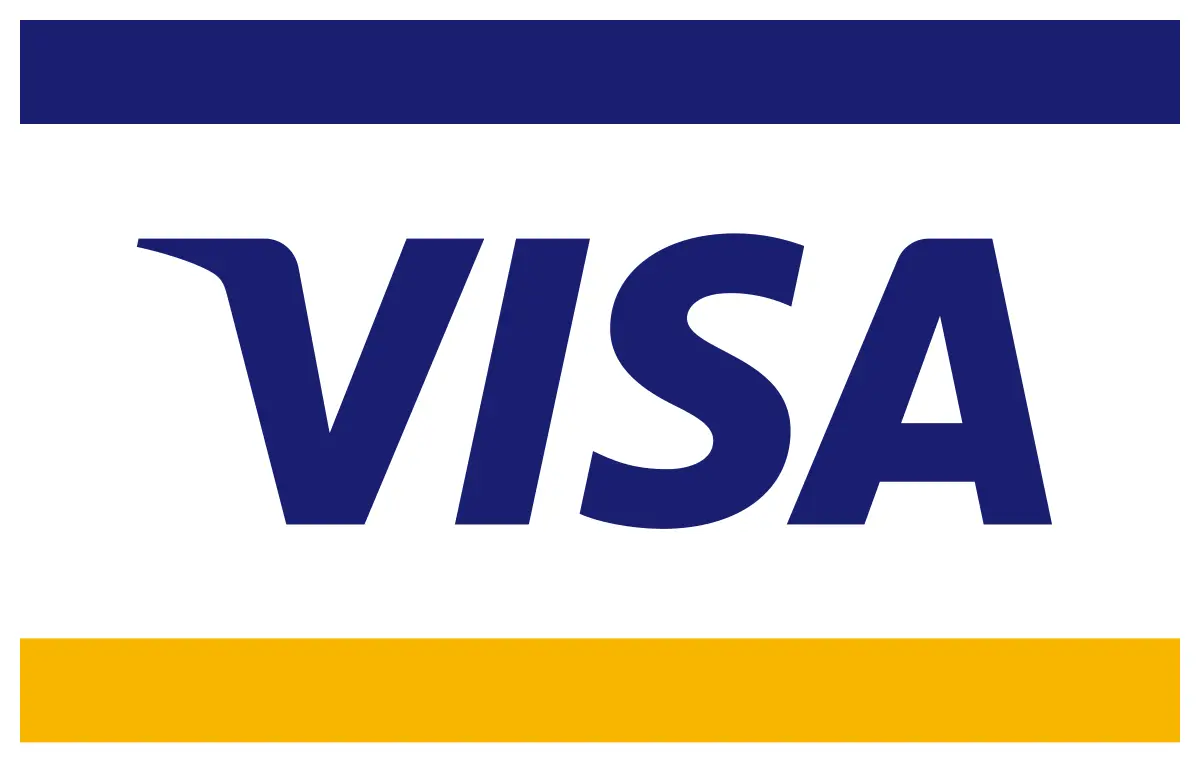
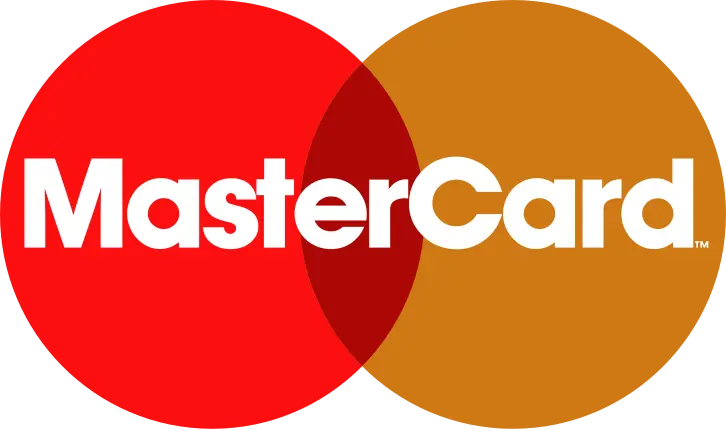
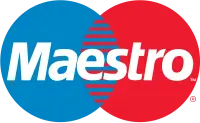


Related Reports
Our Global Clients
Our data-driven insights have influenced the strategy of 200+ reputed companies across the globe.

